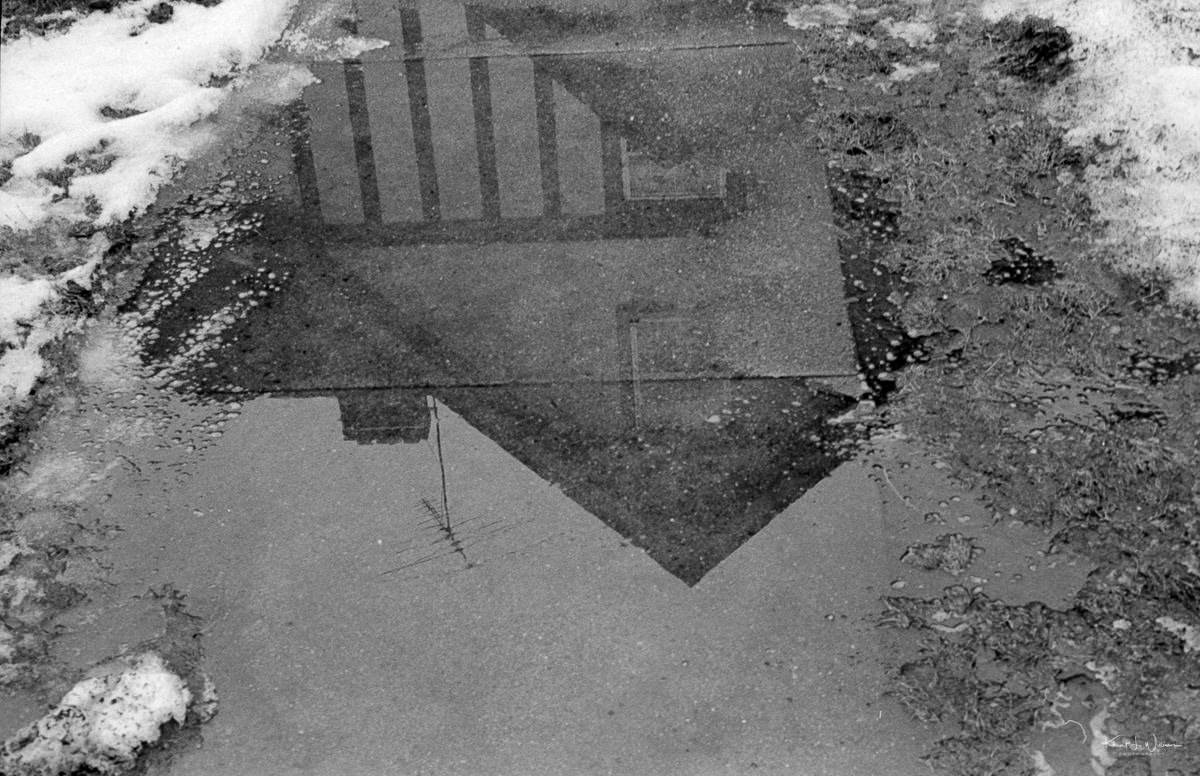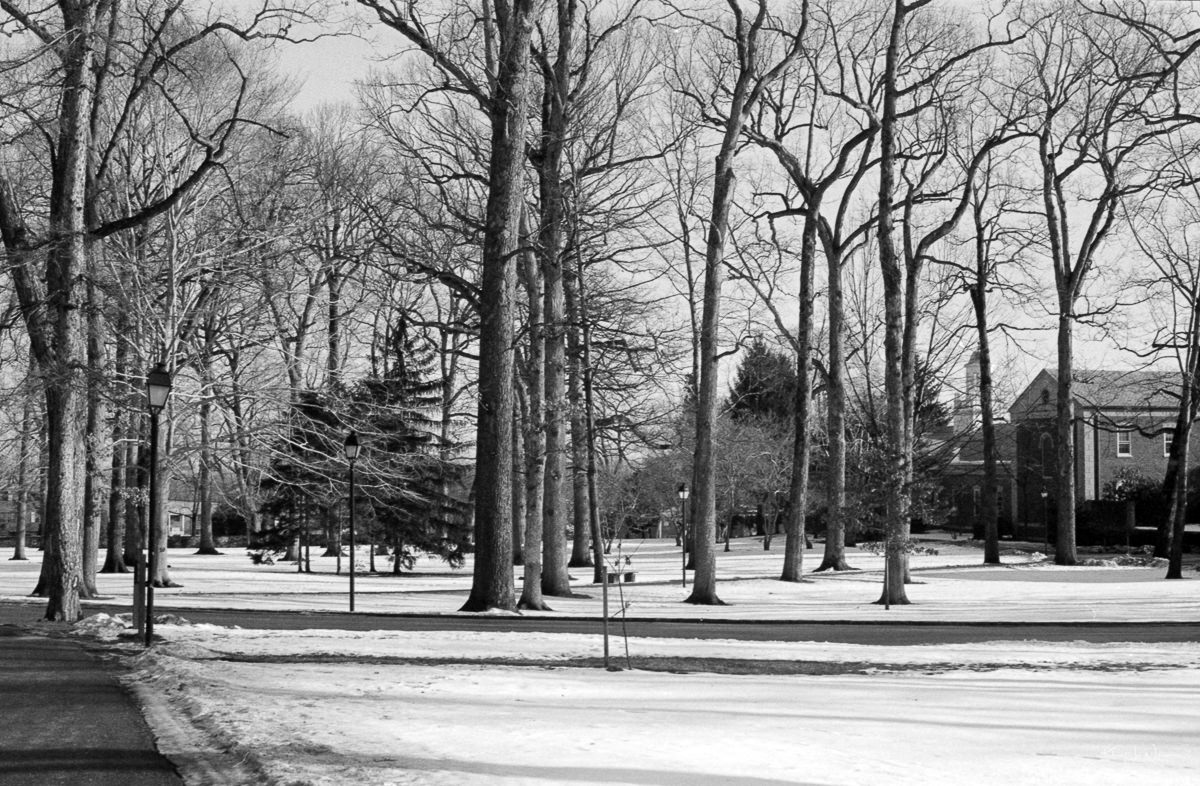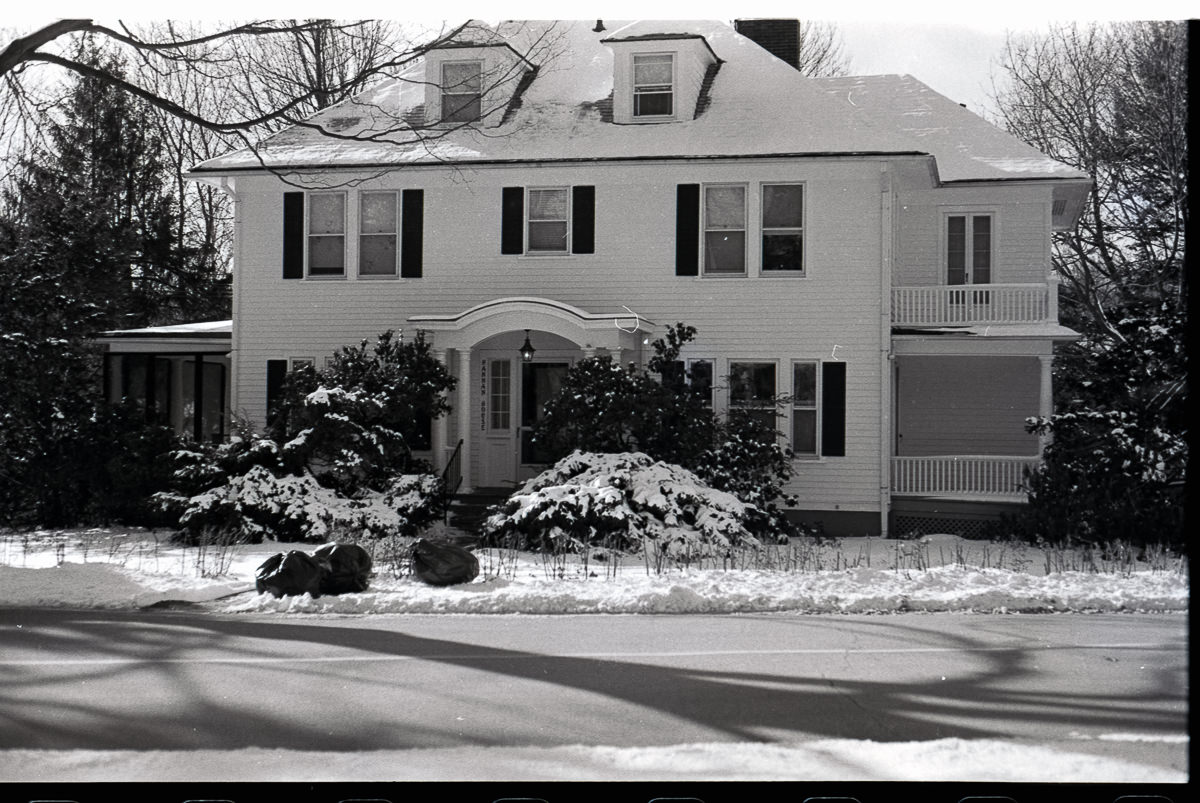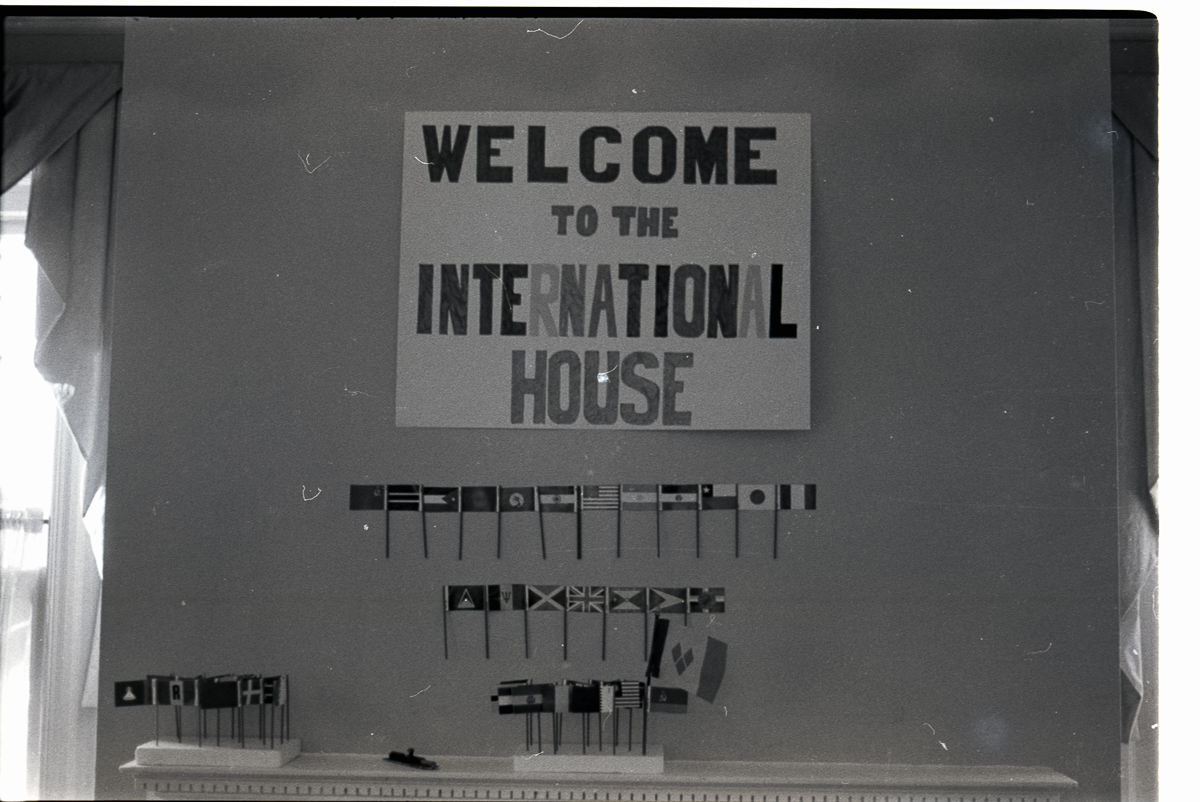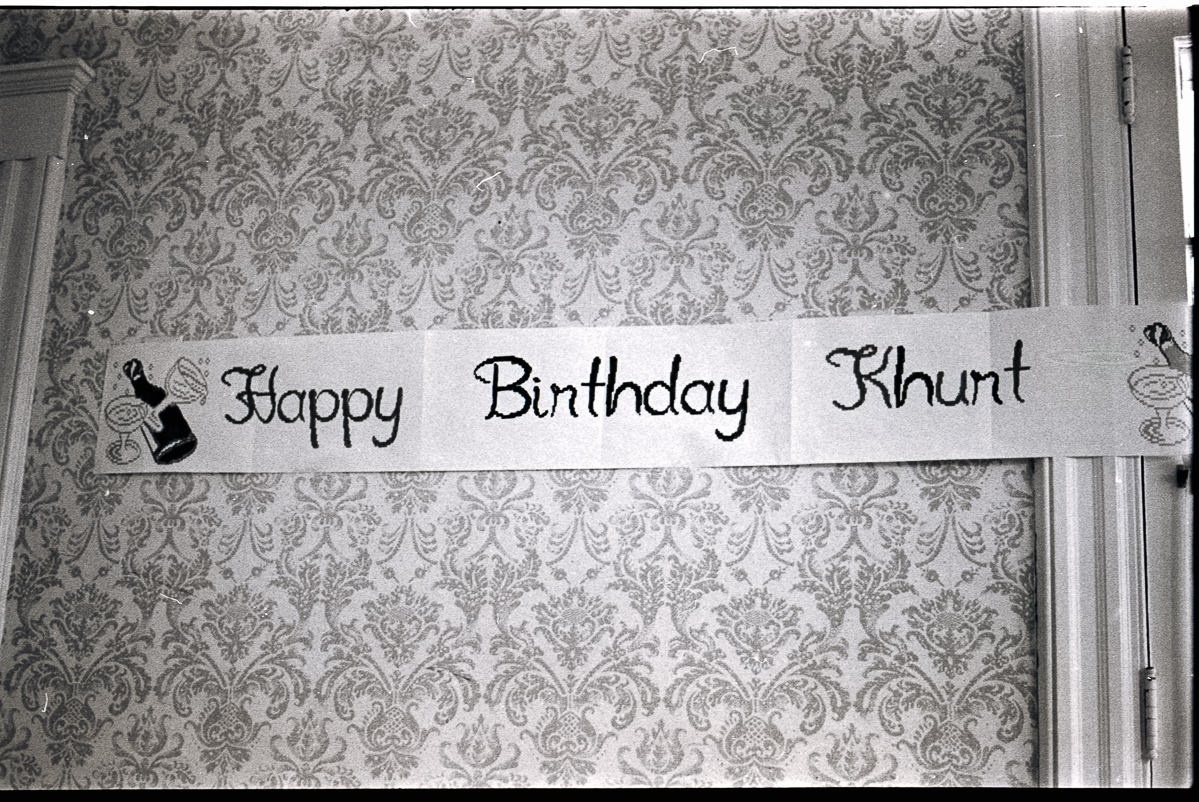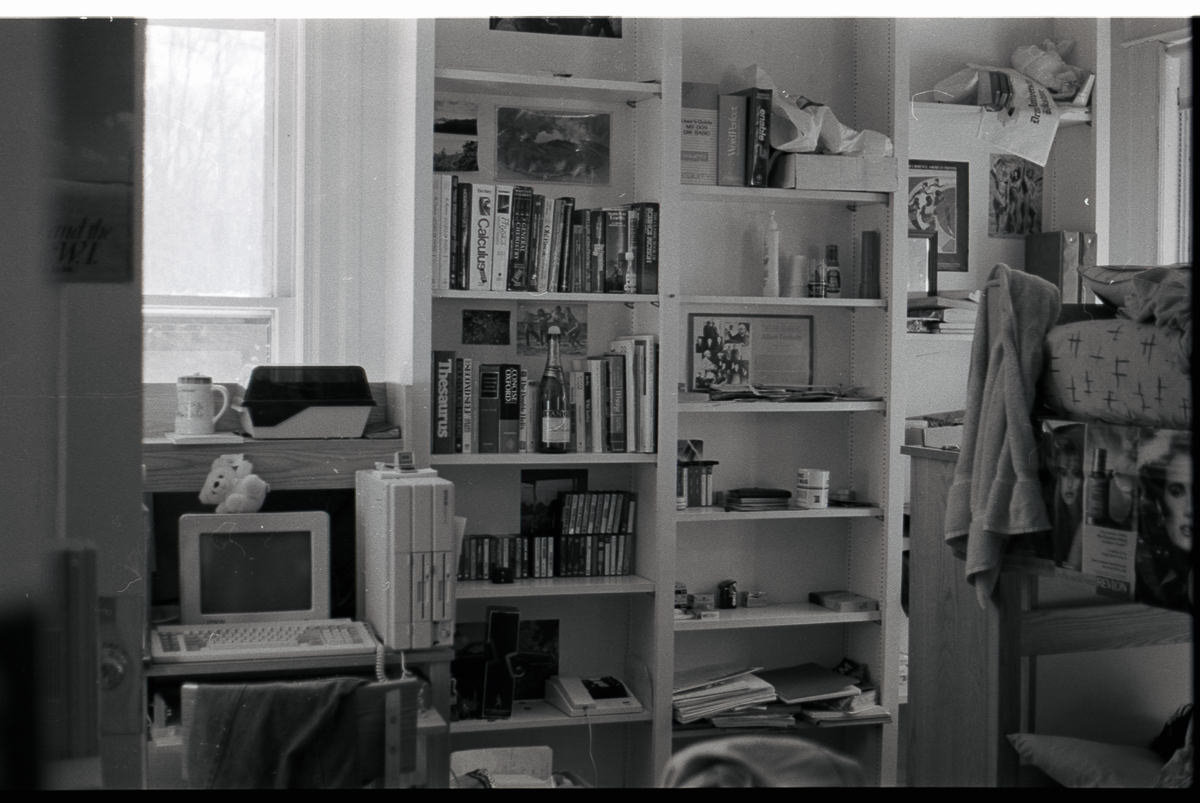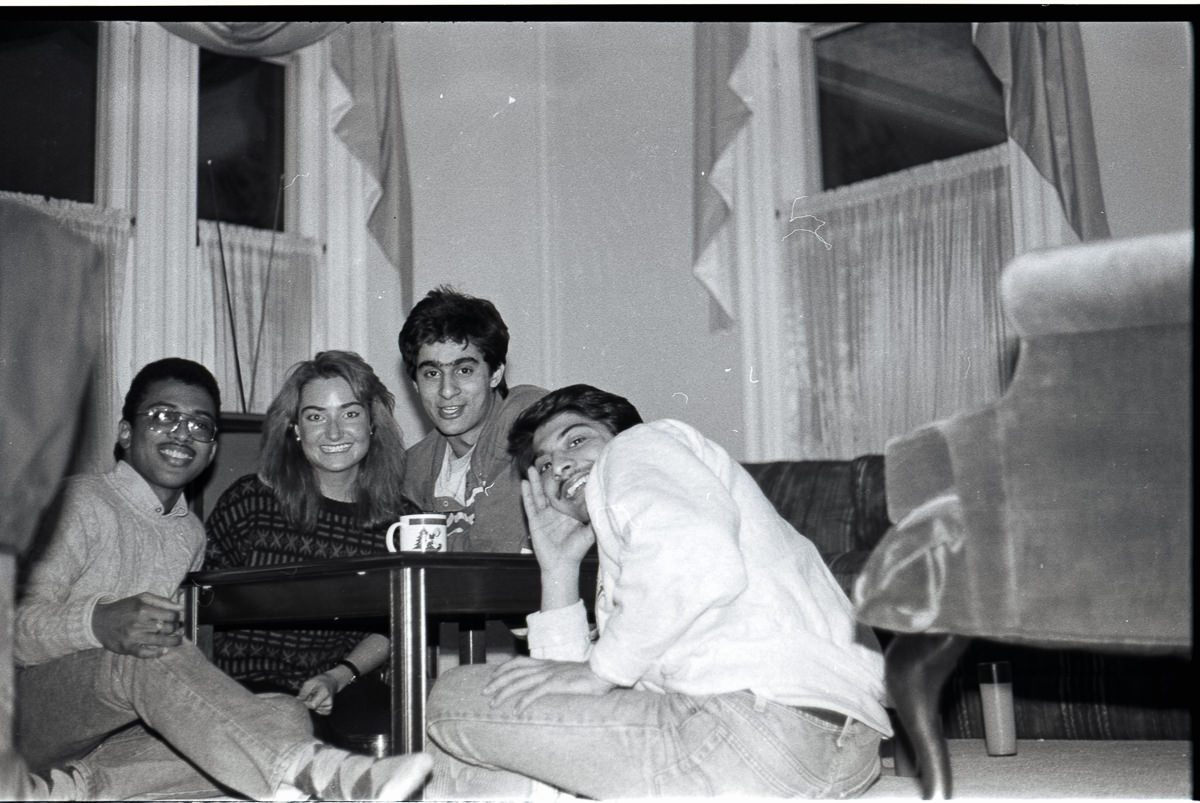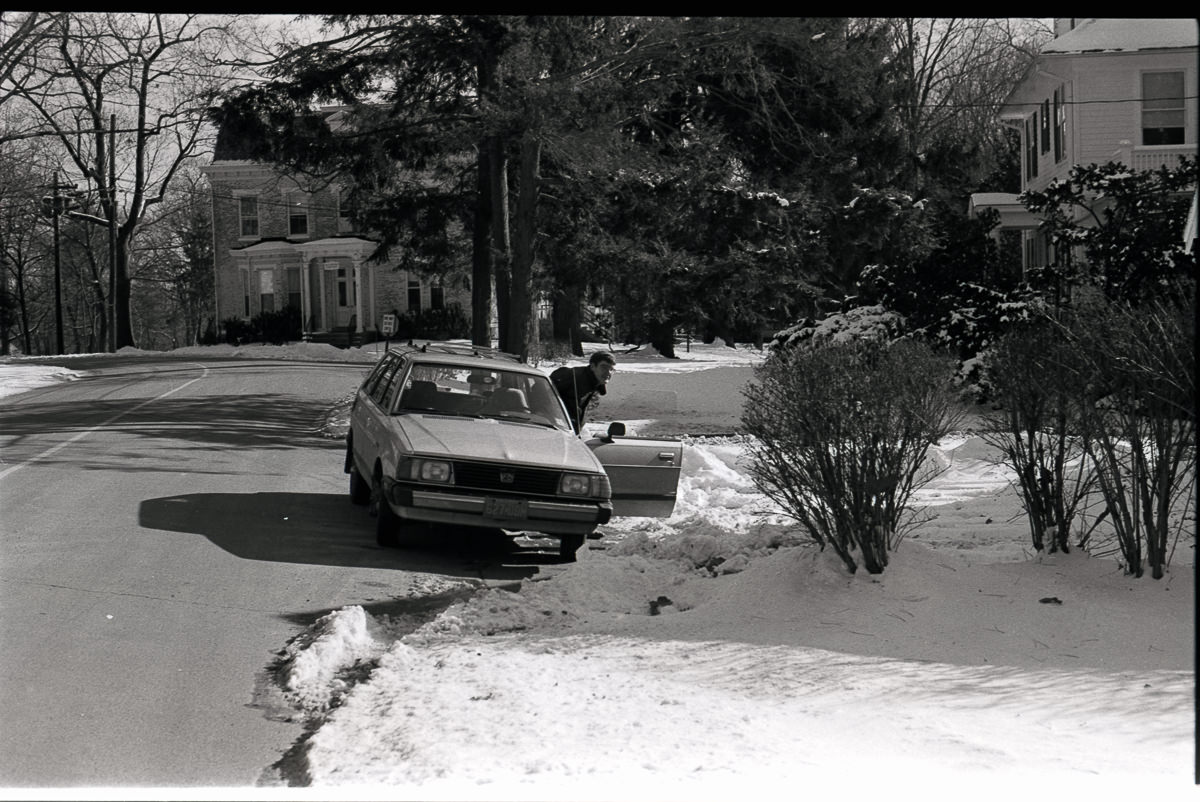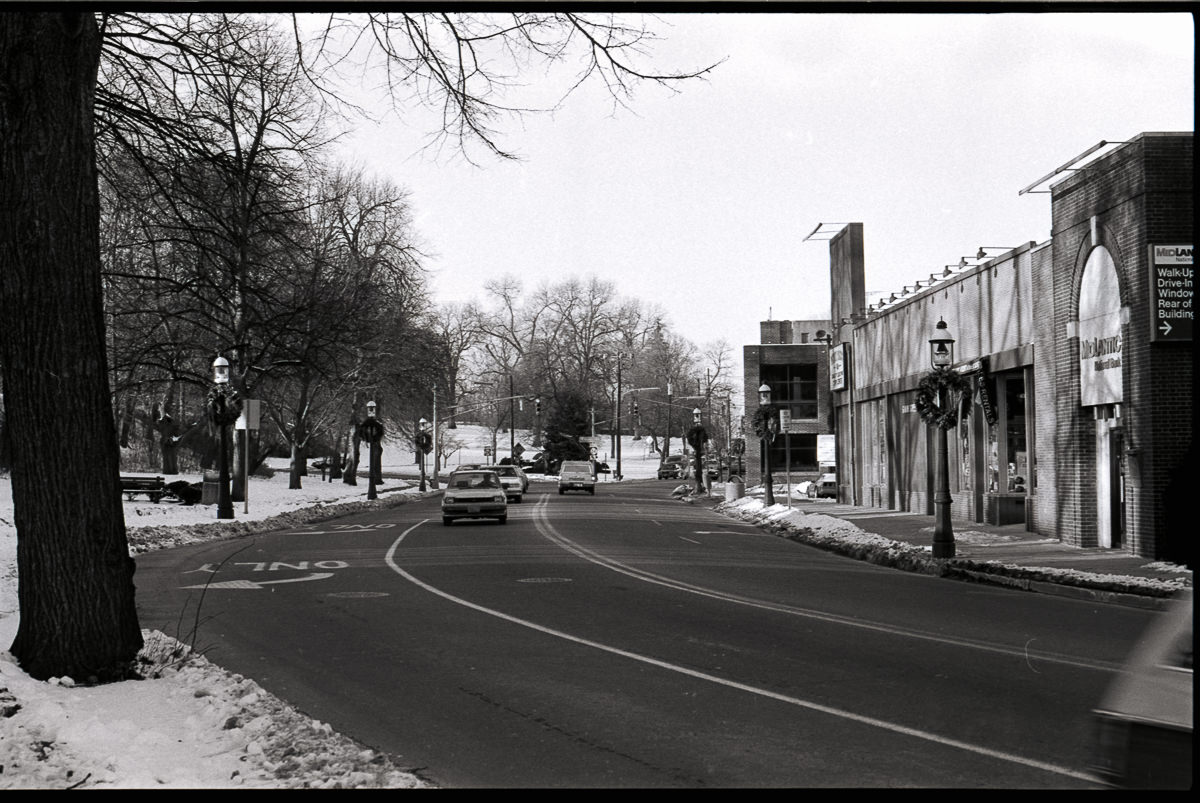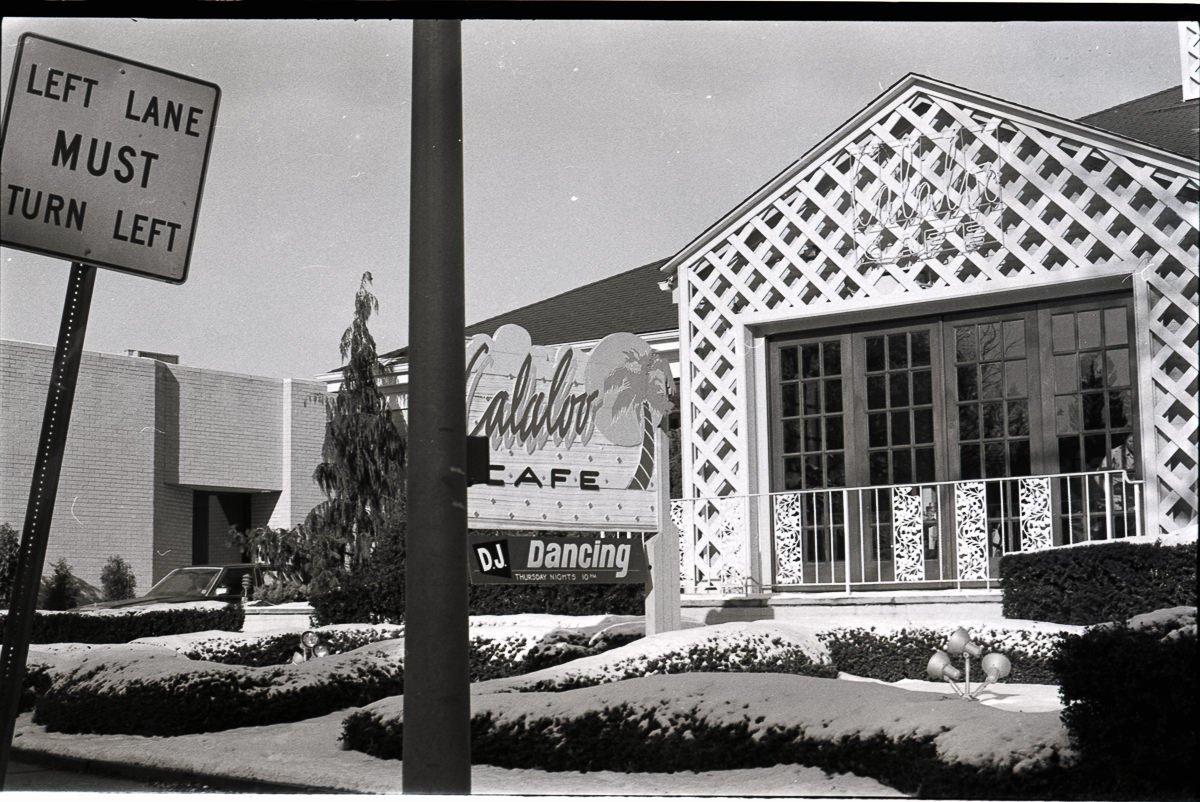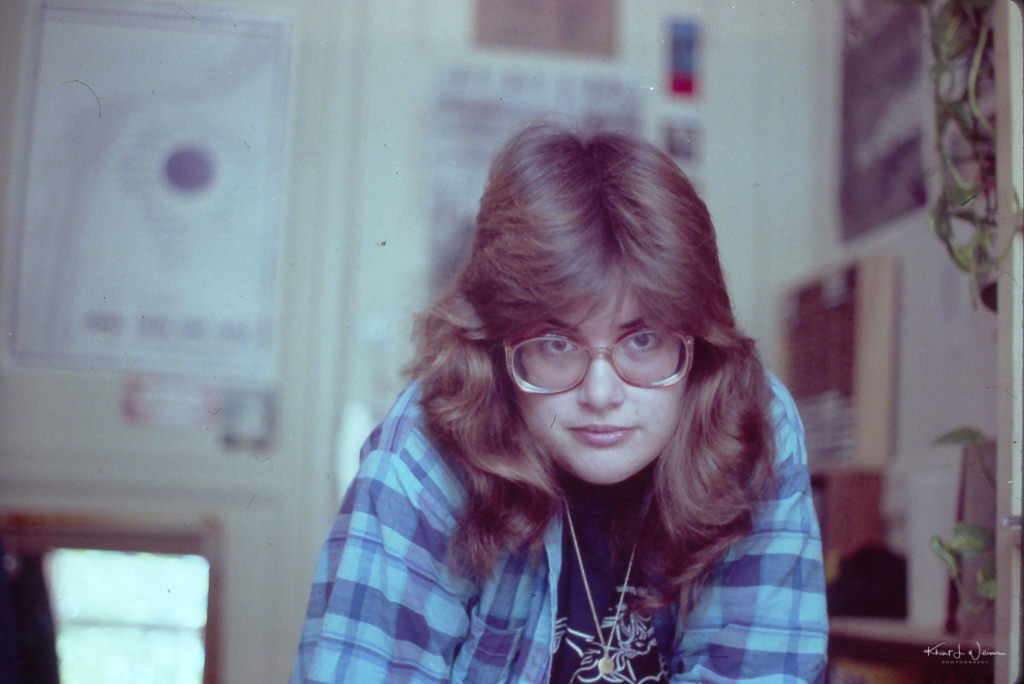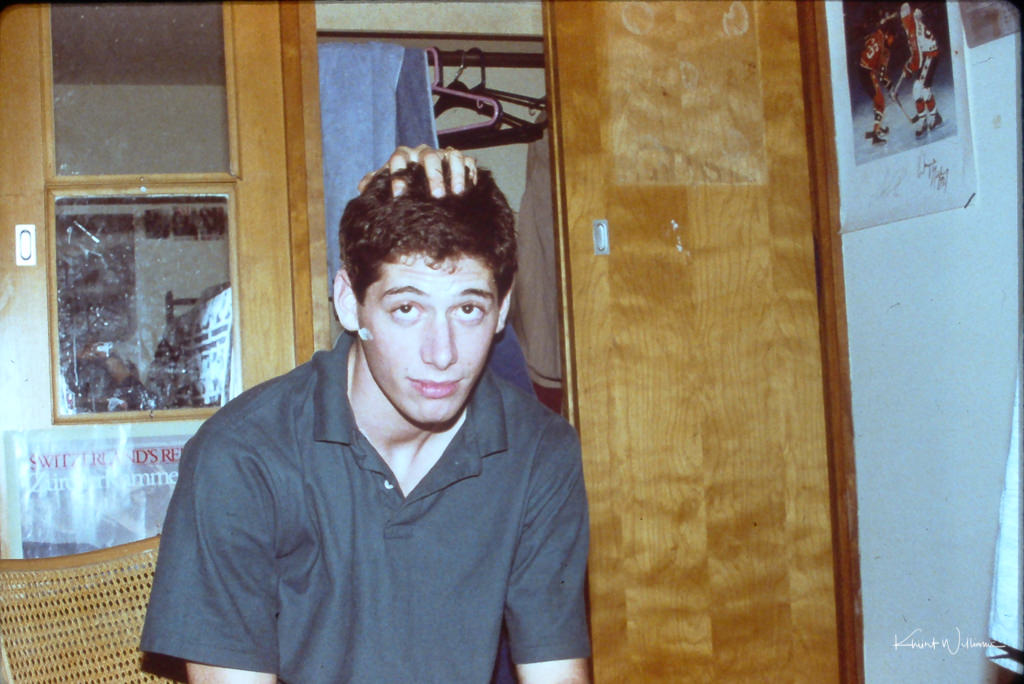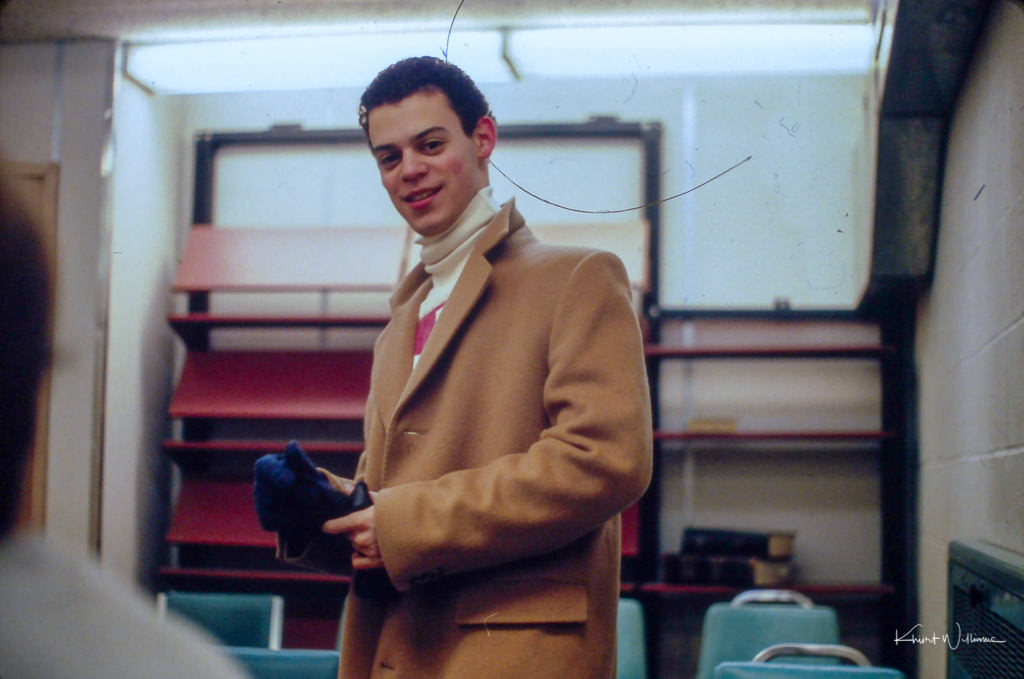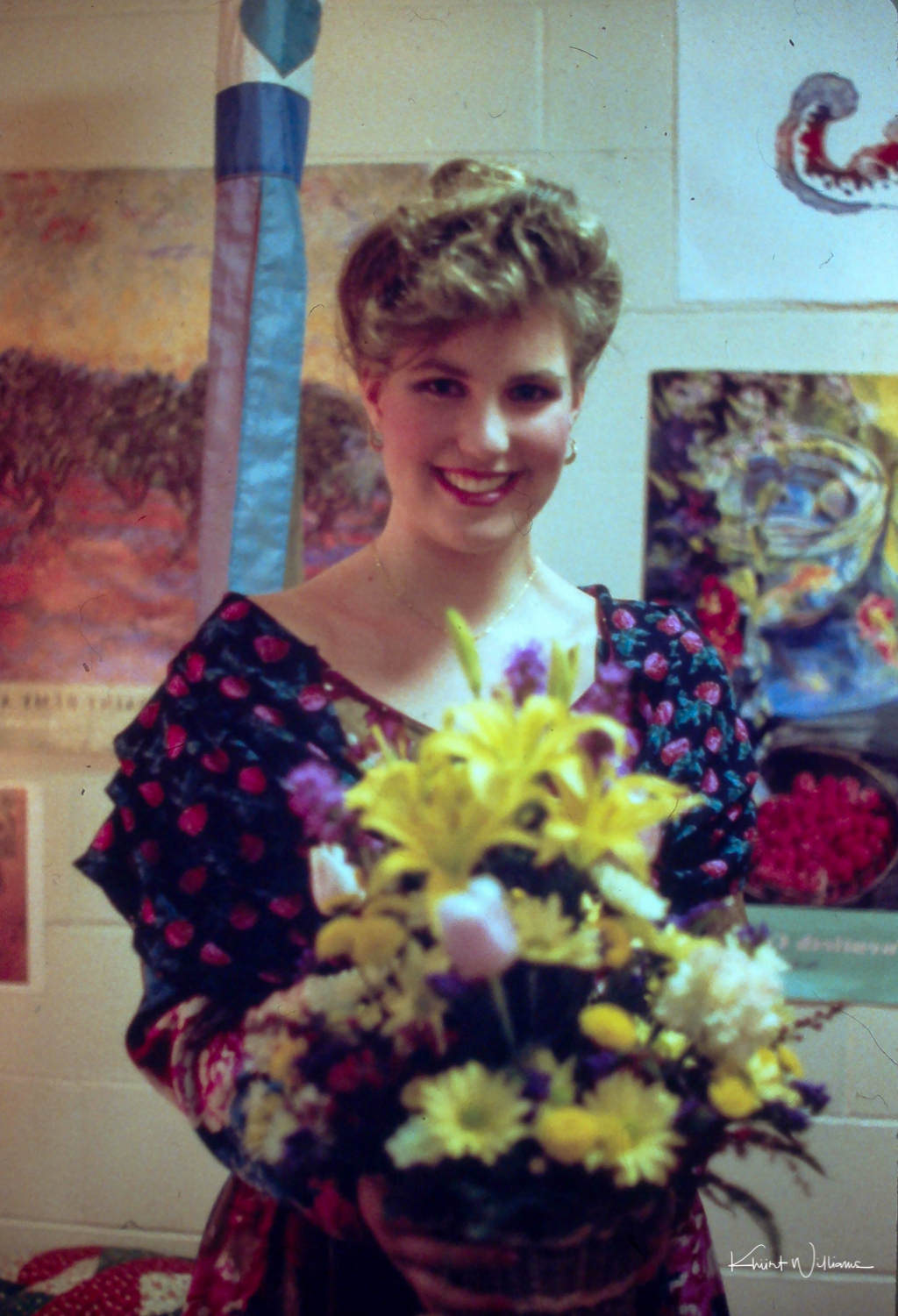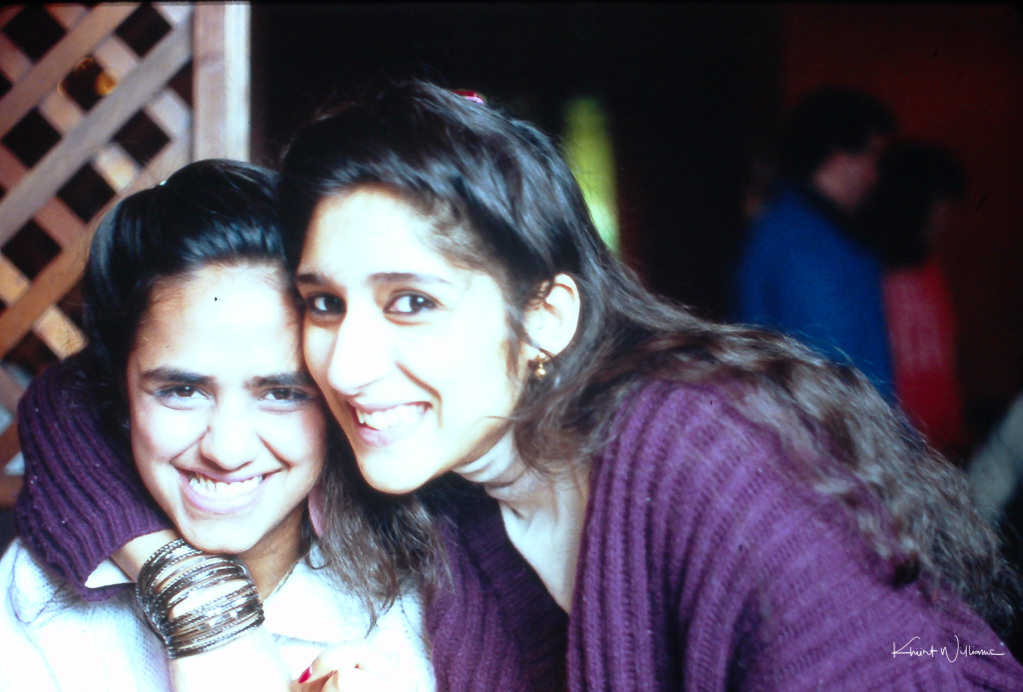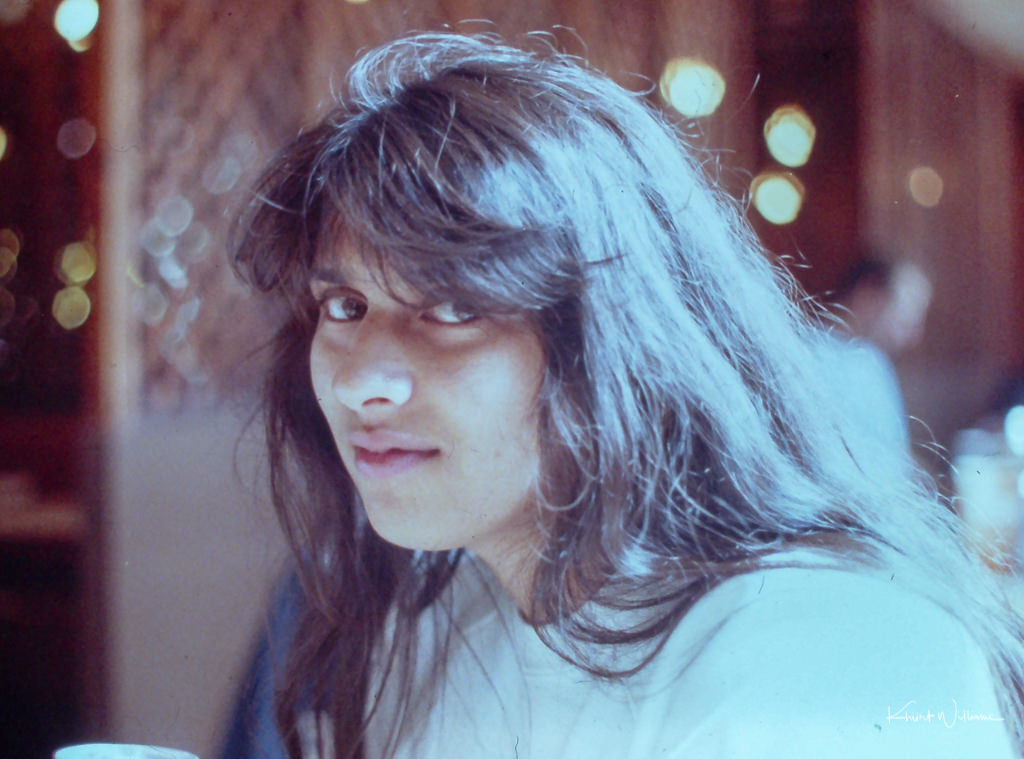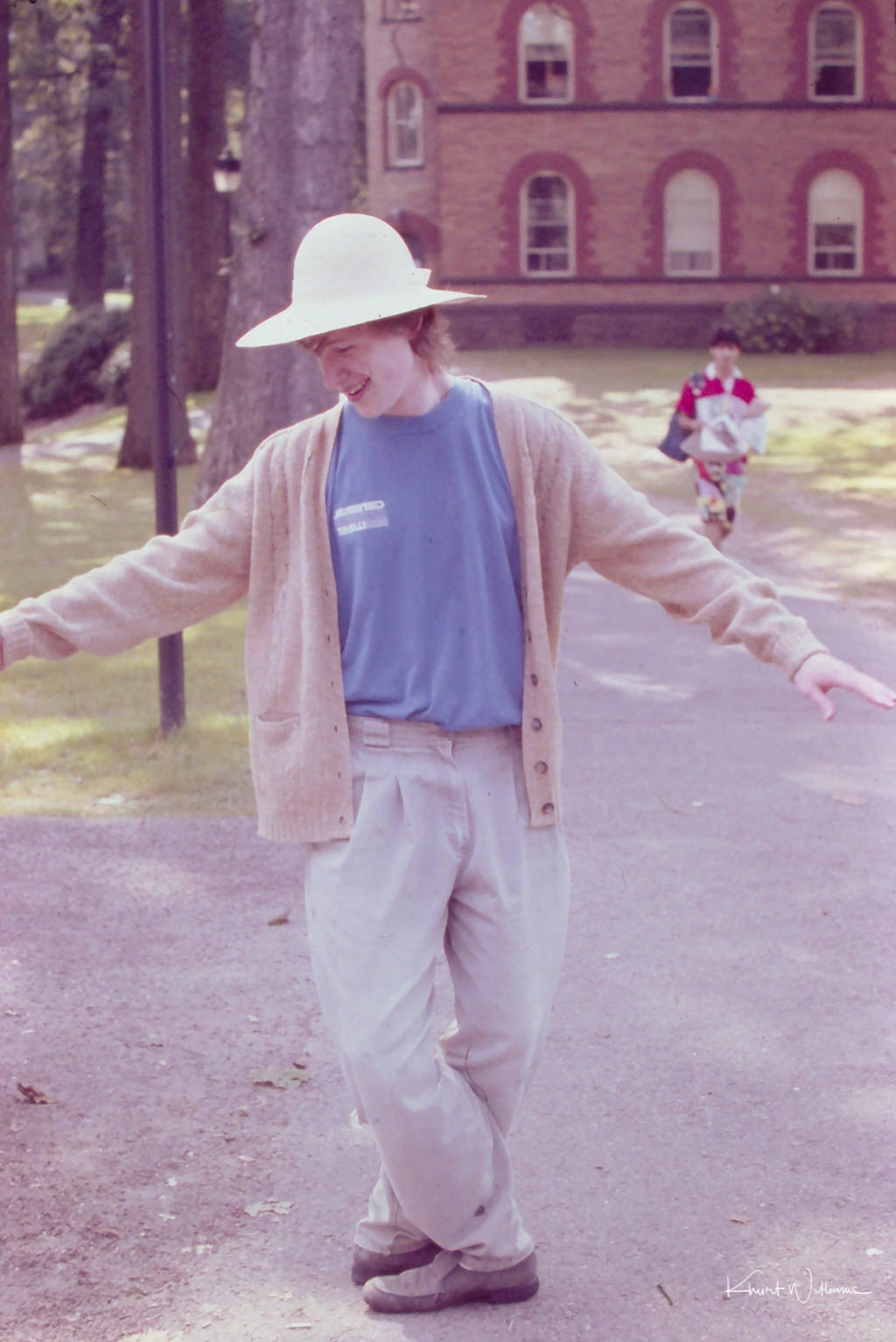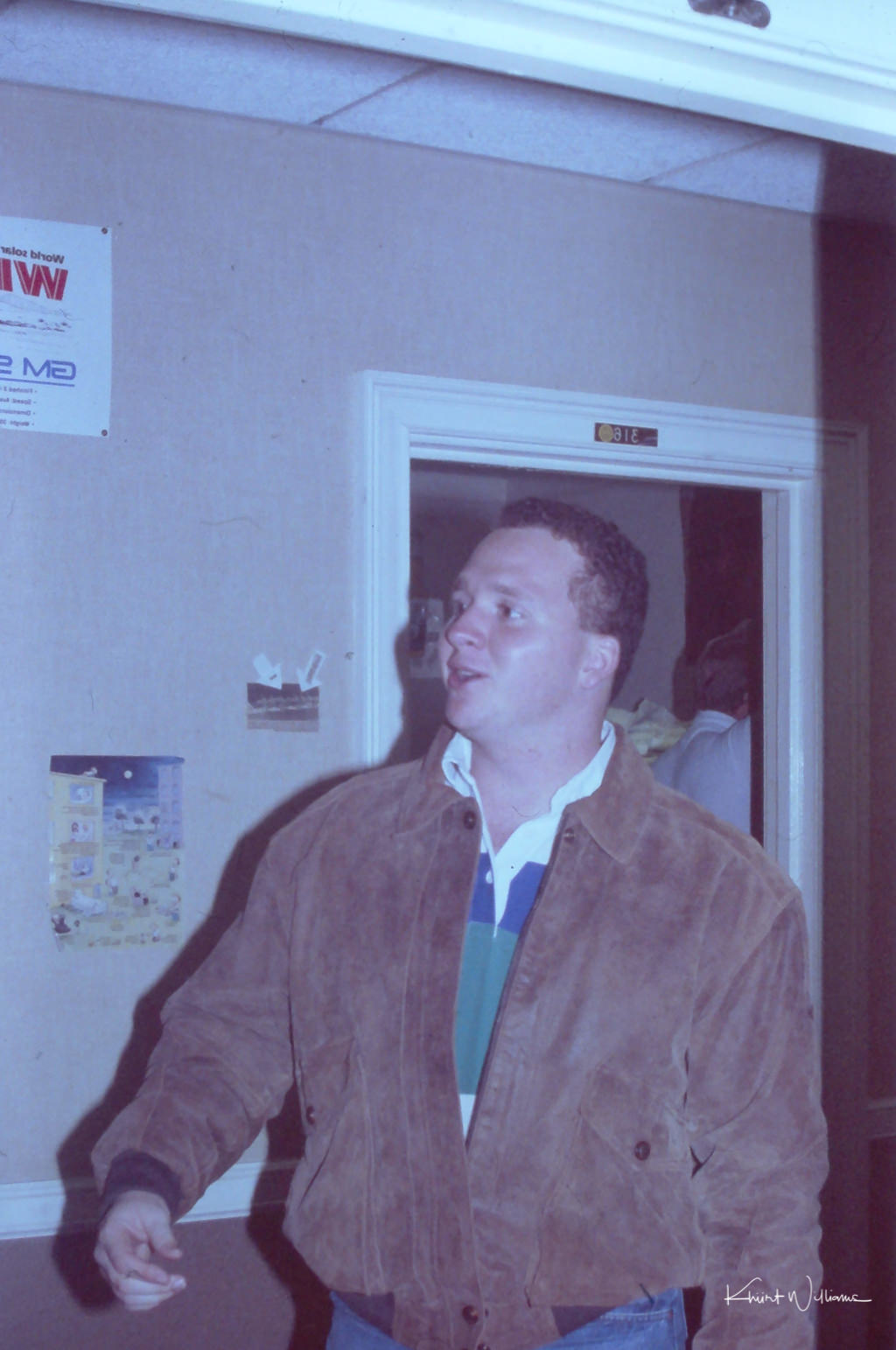Early in my photography journey, shooting with 35mm black and white film was easier. I felt that 35mm colour film was too distracting and did not have the pretension "art" look I was into then.
Tri-X panchromatic (Tri-X Pan) film was popular with photojournalists and many amateurs. Eastman Kodak manufactured it. Sales of Tri-X declined in the 1970s and 1980s due to the falling price and increasing popularity of colour films. Tri-X fell out of use in newspaper journalism with the onset of online newspapers and colour print media, though it remained popular in documentary journalism for a while.
KODAK TRI-X Pan Film was a venerable classic, boasting an impressive ISO 400 rating, making it the ideal choice for various photographic scenarios. This panchromatic film performed well when faced with dimly lit subjects or fast-paced action. It excelled when I needed to capture subjects demanding a substantial depth of field and fast shutter speeds or when I wanted to extend the reach of my flash. TRI-X Pan (TX) Film 6043 was readily available in 35mm film sizes.
TRI-X Pan Film was highly recommended for push-processing applications, opening up creative possibilities by pushing the boundaries of its inherent capabilities.
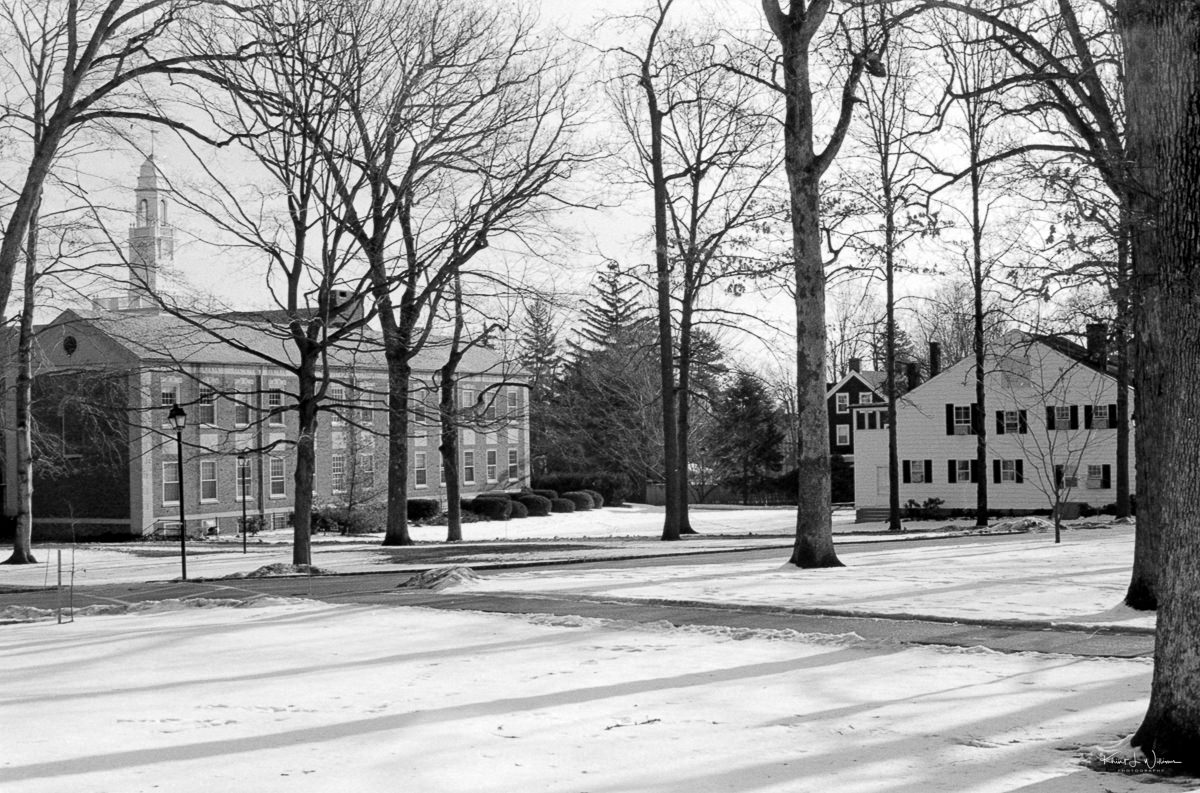
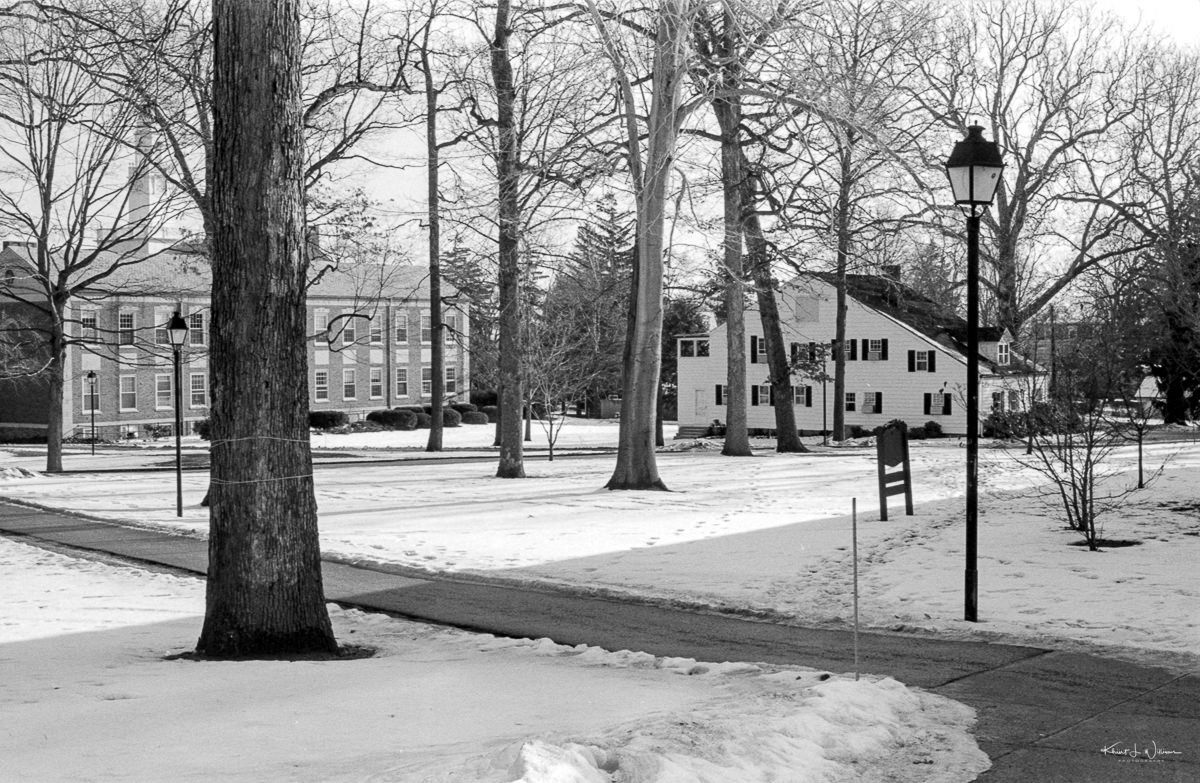
Since I found only one set of Kodak Tri-X Pan negatives in my "film treasure chest", since it's over 30 years later, my memory is faulty about the dates. However, these photographs were captured around the Drew University campus using my budget-friendly Pentax P3 and SMC Pentax-A 50mm f/2 lens.
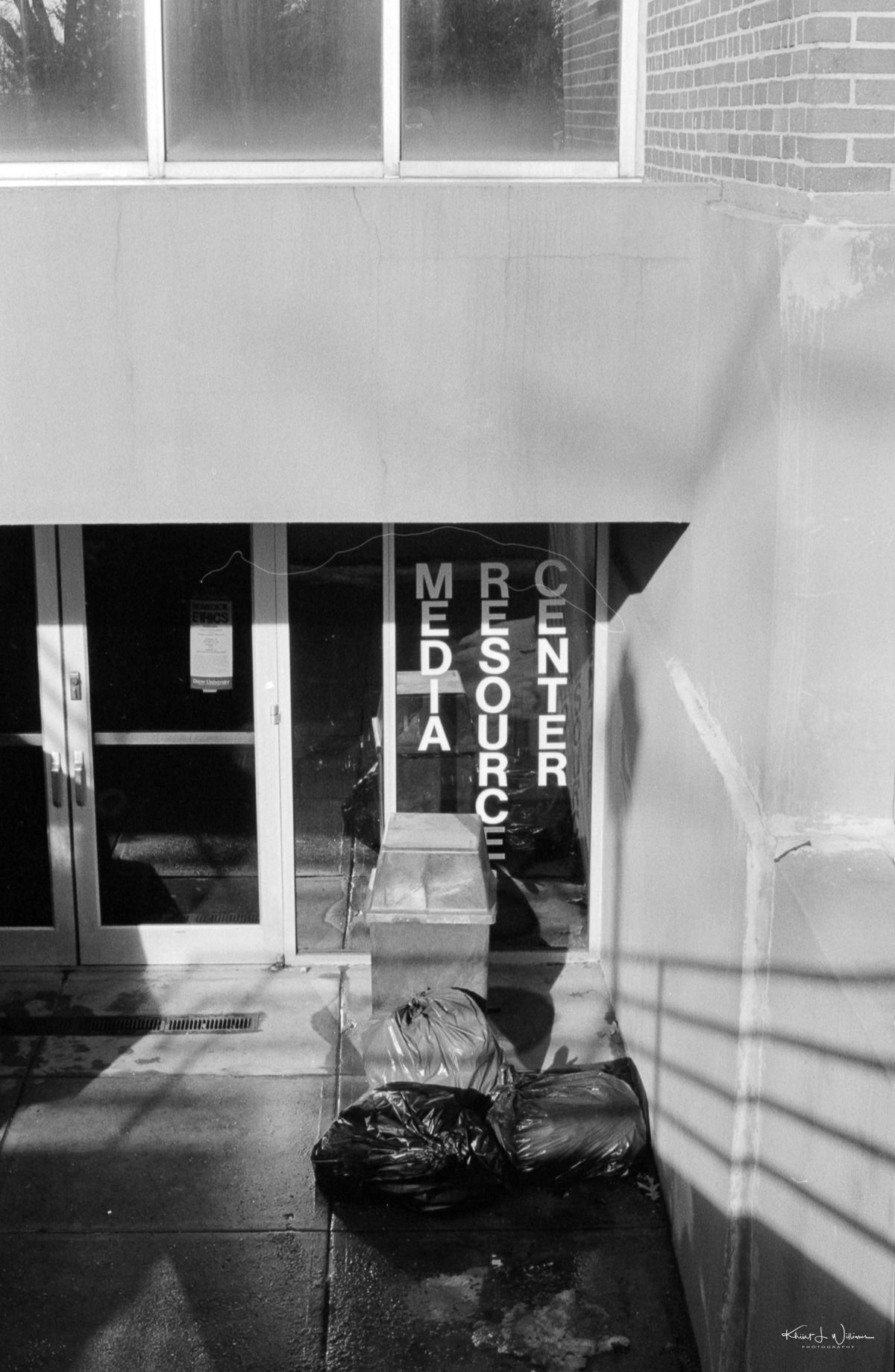
Drew University offered compressed courses during the six weeks between December break and the start of the Spring semester. I can tell it's winter from the photographs, and the campus seems free of people. I speculate this was one of the many "Jan Terms" I was on campus. I don't know if this was Jan Term 1987-88 or 1988-89, but it was Jan Term 1987-88. The photographs have a theme around reflections, and the pictures of the Media Resource Center make me think this was the Jan Term when I took my first darkroom photography course.
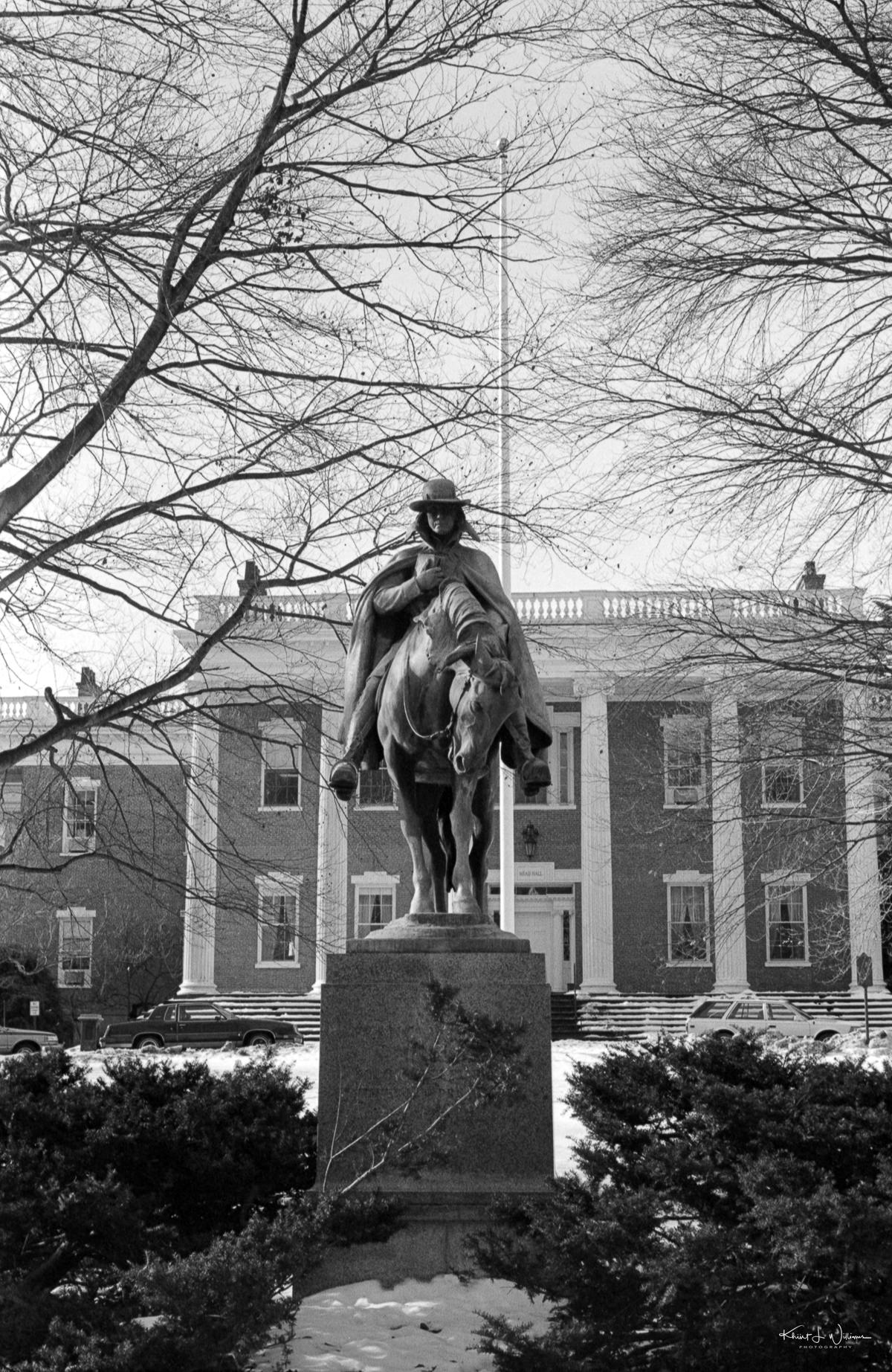
I learned about the relationship between ISO, aperture and shutter speed and how aperture affects depth of field. This is often referred to as the exposure triangle. My assignments were shot on 35mm black and white film on my Pentax P3 and SMC Pentax-A 50mm f/2 lens and developed in the Drew University darkroom in the campus Media Resource Center. I was supposed to think about composition somewhere between learning to use the camera and exposing film and adequately.
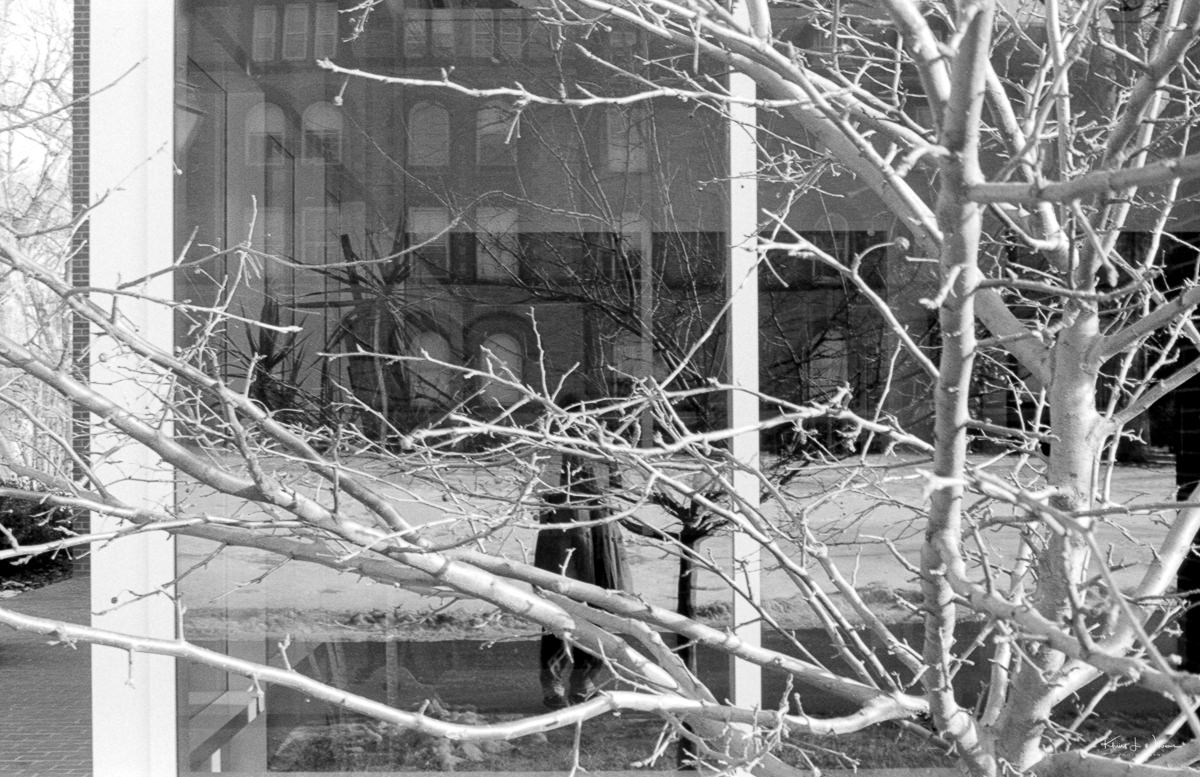
Digital cameras were not generally available in the mid-1980s. Today, what can be learned in minutes with a digital camera, took weeks of effort shooting and developing film in the darkroom and making prints. My first photography course was supposed to be about the "art of photography", but given the steep learning curve, I spent more time thinking about the technical considerations required to make good photos.
